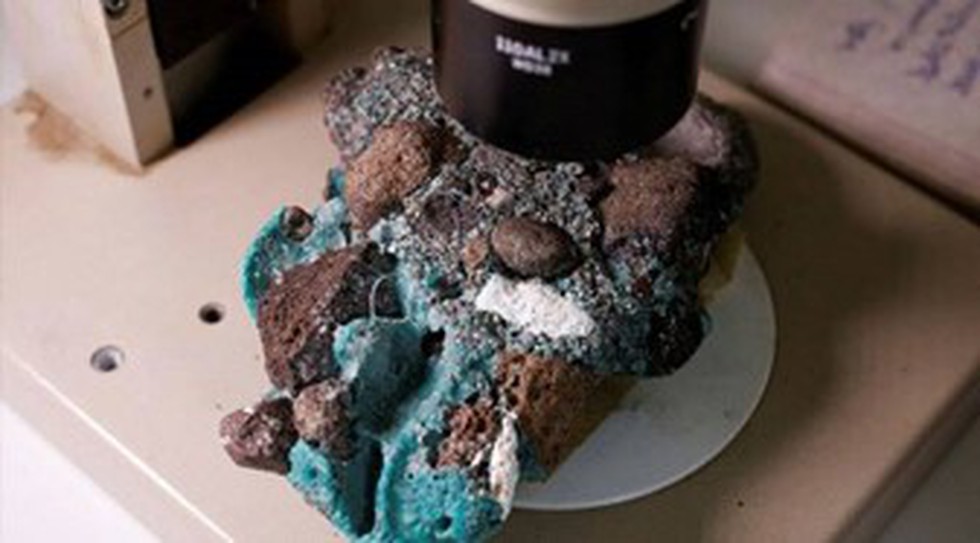
About Plastic rocks:
- Melted plastic has become intertwined with rocks on the island, located 1,140 km (708 miles) from the southeastern state of Espirito Santo.
- They are made of a mixture of sedimentary granules and other debris held together by
- The pollution on this island mainly comes from fishing nets, which are very common debris on Trinidad Island’s beaches.
- The (nets) are dragged by the marine currents and accumulate on the beach. When the temperature rises, this plastic melts and becomes embedded with the beach’s natural material.”
Key facts about the Trindade Island
- It is located in the South Atlantic Ocean.
- It is one of the world’s most important conservation spots for green turtles, or Chelonia mydas, with thousands arriving each year to lay their eggs.
- The members of the Brazilian navy maintain a base on the island and protects the nesting turtles.
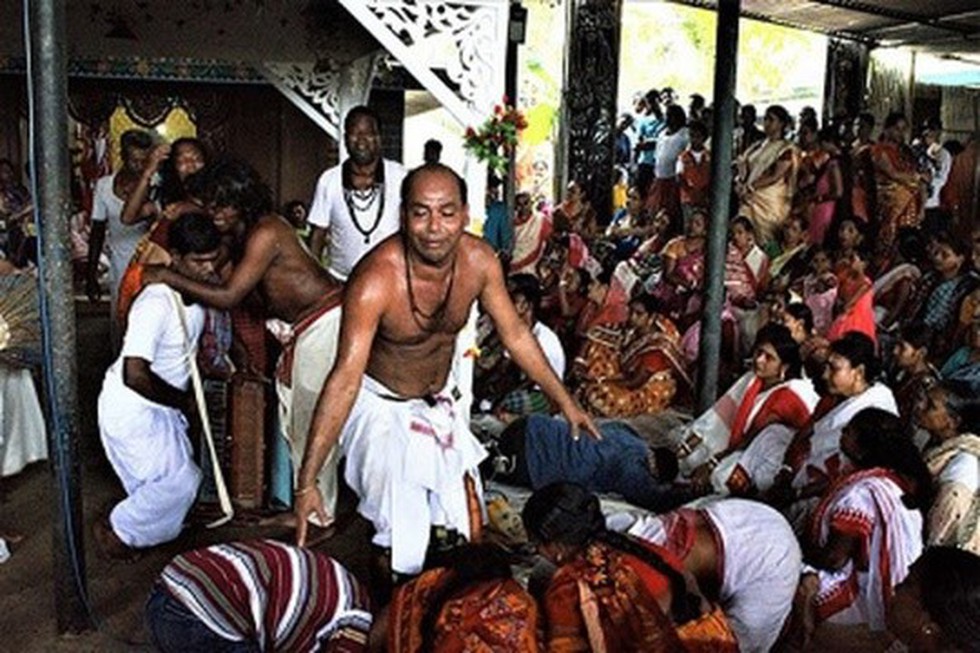
About the Matua community:
- Matuas trace their ancestry to East Bengal, and many of them entered West Bengal after Partition and after the formation of Bangladesh.
- Today, Matuas constitute the second largest SC population of West Bengal.
- The Matua community has members on either side of the Bengal border.
- The Matua Mahasangha, a religious reform movement and a sect was formed by Harichand Thakur in East Bengal in the mid-1800s.
- It is a Hindu reform movement which has a considerable number of adherents in West Bengal as well as in Bangladesh.
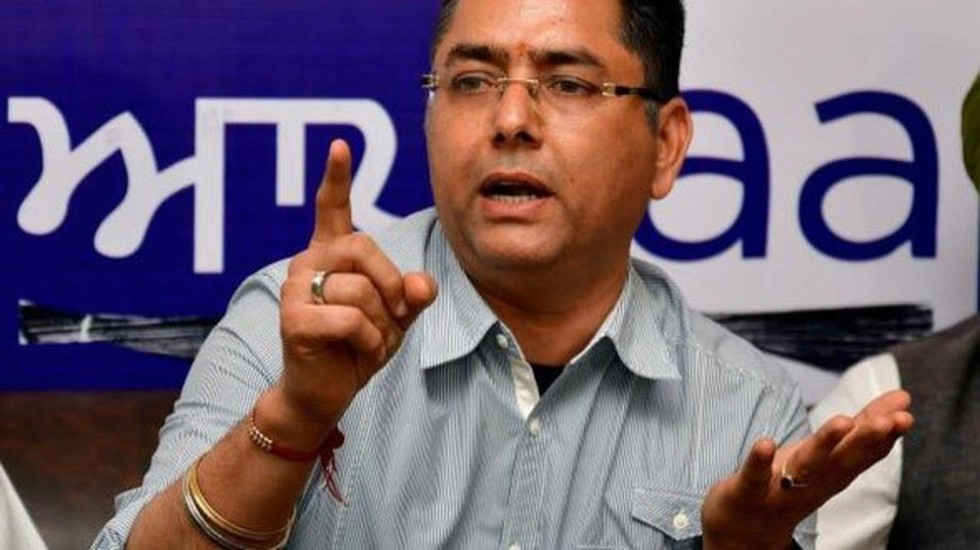
Why in news?
- In 2022, the Punjab government ordered a complete ban on the public display of weapons and songs glorifying violence.
- The order also called for a review of all licenses issued within 3 months and barred the issuance of new licenses for the next 3 months, except in extraordinary circumstances.
What are the acts related to arms in India?
- The Indian Arms Act of 1959 was passed after India attained independence.
- It scrapped the erstwhile Act of 1878, passed by the British that restricted Indians from possessing firearms.
- The act was amended in 2019 decreasing the number of licensed firearms allowed per person.
- Conditions under the act
- No one can acquire, possess or carry any firearms in India without a license.
- The Act bars one person from carrying more than one firearm.
- It prevents persons of unsound mind or those out on bond from getting such a license.
- Validity: The validity of a firearm license was increased from 3 years to 5 years (2019 amendment).
What are the types of Licenses?
- Non- prohibited bore (NPB): Indian citizens aged 21 years and above are eligible to get Non-Prohibited Bore (NPB) guns and these are issued by the state governments.
- Prohibited bore (PB): Prohibited Bore guns can only be issued to defence personnel or persons facing imminent threats to life and these are issued by the Central Government or Ministry of Home Affairs.
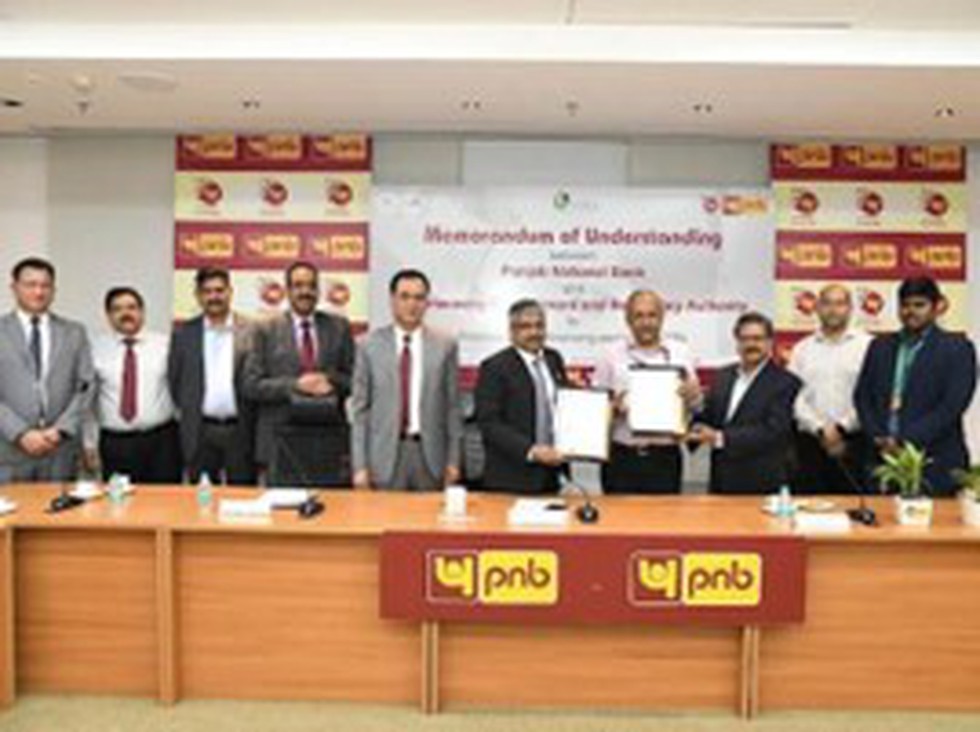
About Electronic Negotiable Warehousing Receipt:
- The negotiable warehouse receipt (NWR) system was launched in 2011 allowing the transfer of ownership of a commodity stored in a warehouse without having to deliver it physically.
- These receipts are issued in negotiable form, making them eligible as collateral.
- This has been enabled by enabling the financing of warehouse receipts through the Warehouse (Development and Regulation) Act, of 2007.
- The Warehousing Development and Regulatory Authority (WDRA) regulates the entire operation under NWR.
What is e-NWR?
- An e-NWR is available only in electronic form.
- The single source of information for the e-NWR is the repository system where e-NWR is issued by registered warehouses.
- Confidentiality, integrity and availability of the e-NWR information are provided by the Repository system.
- All e-NWRS can be traded through off-market or on-market Commodity Exchanges platforms.
- An e-NWR can be auctioned under certain conditions such as loan not repaid, on expiry and delivery not taken, and on likely damage or spoilage of the commodity in the warehouse.
- e-NWR can be transferred fully or in part.
Key facts about Warehousing Development and Regulatory Authority (WDRA)
- WDRA was constituted in 2010 under the Warehousing (Development and Regulation) Act, of 2007.
- It is under the Department of Food and Public Distribution (DFPD).
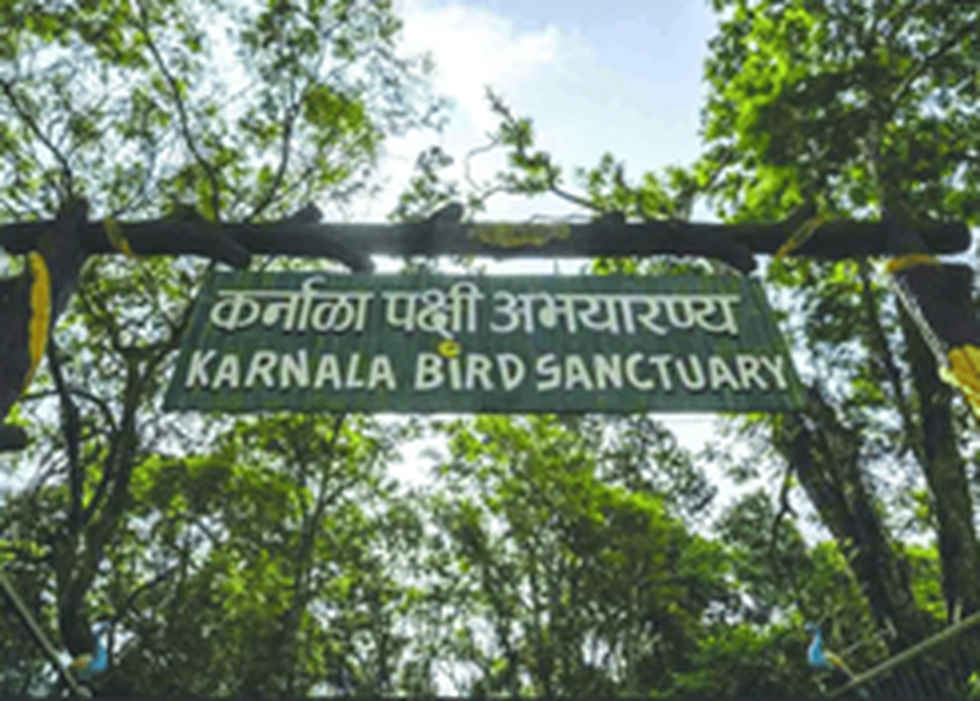
About Karnala Bird Sanctuary:
- Karnala Bird Sanctuary is located in the Raigad District of Maharashtra.
- It is a habitat of woodland birds in the Western Ghats & was one of the favoured areas of well-known ornithologist Dr Salim Ali.
- It also forms a catchment area of the Patalganga River.
- Flora: The Sanctuary area is covered with mixed deciduous forest.
- Fauna: Globally threatened and endemic birds like Long Billed Vultures, Malabar Gray Hornbill, Small Sun Bird and Shahin Falcon birds spp. are found in Karnala Bird Sanctuary.
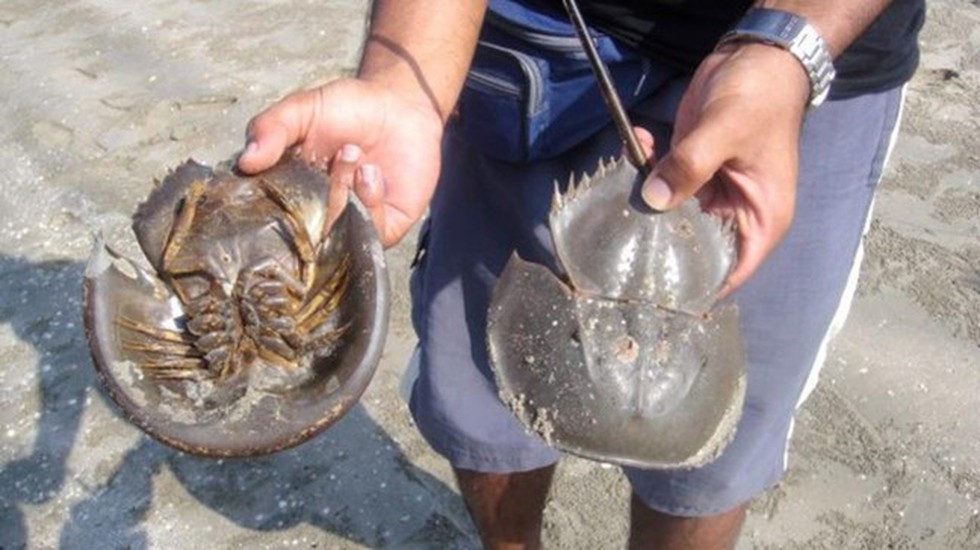
About Horseshoe crabs:
- The horseshoe crab is a marine chelicerate arthropod living in shallow coastal waters on soft sandy or muddy bottoms and spawns mostly on intertidal beaches at summer-spring high tides.
- The Chelicerata is a division within the Arthropoda, containing animals such as spiders, scorpions, harvestmen, mites and ticks. Like all arthropods, they have a segmented body and segmented limbs and a thick chitinous cuticle called an exoskeleton.
- It is known as a marine ‘living fossil’.
- There are four extant horseshoe crab species:
- The American horseshoe crab (Limulus polyphemus) along the eastern coast of the USA and in the Gulf of Mexico,
- The tri-spine horseshoe crab (Tachypleus tridentatus),
- The coastal horseshoe crab (Tachypleus gigas)
- The mangrove horseshoe crab (Carcinoscorpius rotundicauda)
- The last three are Indo-Pacific species found mainly in the coastal waters of India, Southeast Asia, China and Japan.
- Odisha is the largest habitat of horseshoe crabs in India.
- Conservation status in India
- Wildlife Protection Act 1972: Schedule IV
- IUCN Status
- American horseshoe crab: Vulnerable
- Tri-spine horseshoe crab: Endangered
- The two other species are not listed yet

Why in news:
- Seven sites were chosen out of 18 proposals for PM MITRA parks which were received from 13 States.
- The Parks will come up in Tamil Nadu, Telangana, Gujarat, Karnataka, Madhya Pradesh, Uttar Pradesh and Maharashtra.
About PM MITRA:
- It will offer the opportunity to create an Integrated Textiles Value Chain right from spinning, weaving, processing/dyeing and printing to garment manufacturing etc. at one location and will reduce the logistics cost of the Industry.
- A Special Purpose Vehicle owned by the Centre and State Government will be set up for each park which will oversee the implementation of the project.
- Funding
- The Ministry of Textiles will provide financial support in the form of Development Capital Support up to Rs. 500 crores per park to the Park SPV.
- A Competitive Incentive Support (CIS) of up to Rs 300 crore per park to the units in PM MITRA Park shall also be provided to incentivise speedy implementation.
- State governments will provide a contiguous and encumbrance-free land parcel of at least 1000 acres of land.
- Nodal Ministry: Ministry of Textiles
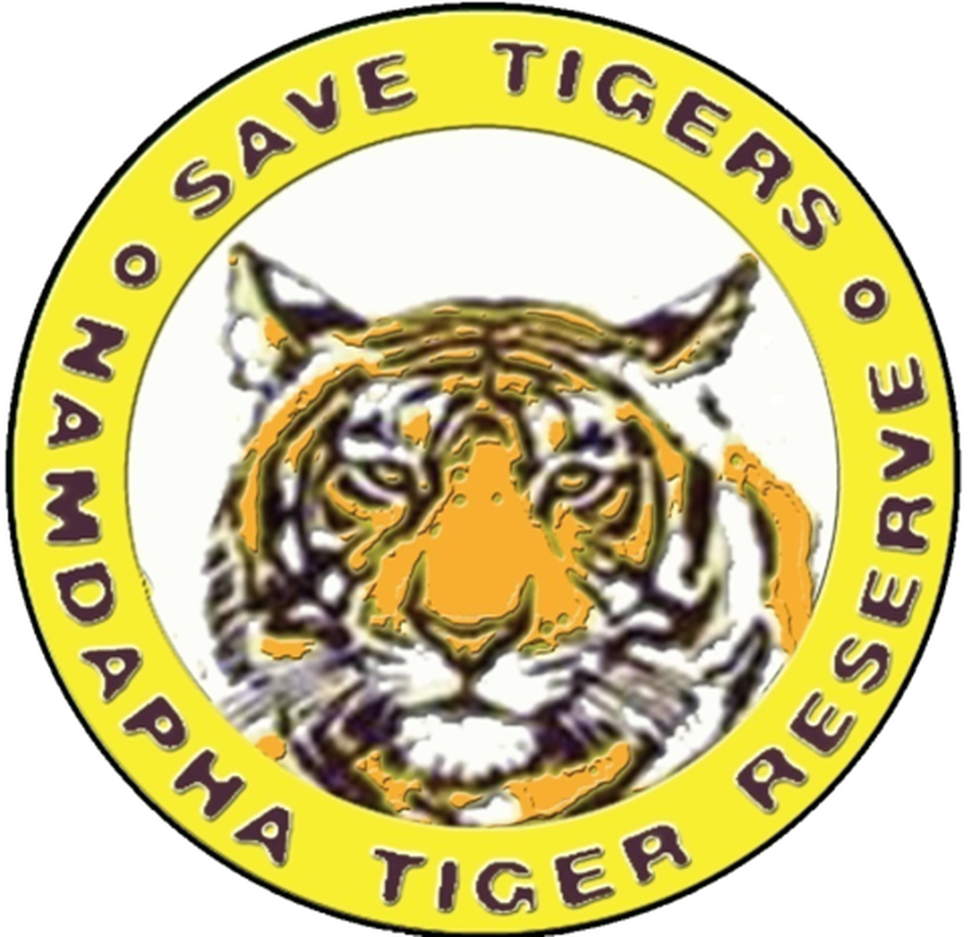
About Namdapha Tiger Reserve:
- Namdapha Tiger Reserve is located in the Changlang district of Arunachal Pradesh.
- Namdapha is the name of a river which originates from Daphabum and meets the Noa-Dehing river.
- This river flows right across in a North-South direction of the National Park and hence the name Namdapha has been given.
- This protected area is wedged between the Dapha Bum ridge of Mishmi Hills, of North Eastern Himalayas and the Patkai Ranges.
- Flora: Evergreen Forests, Moist deciduous forests, sub-tropical forests, Temperate Forests and Alpine.
- Fauna: Earthworms, Butterflies & Moths, Amphibians, Reptiles etc.
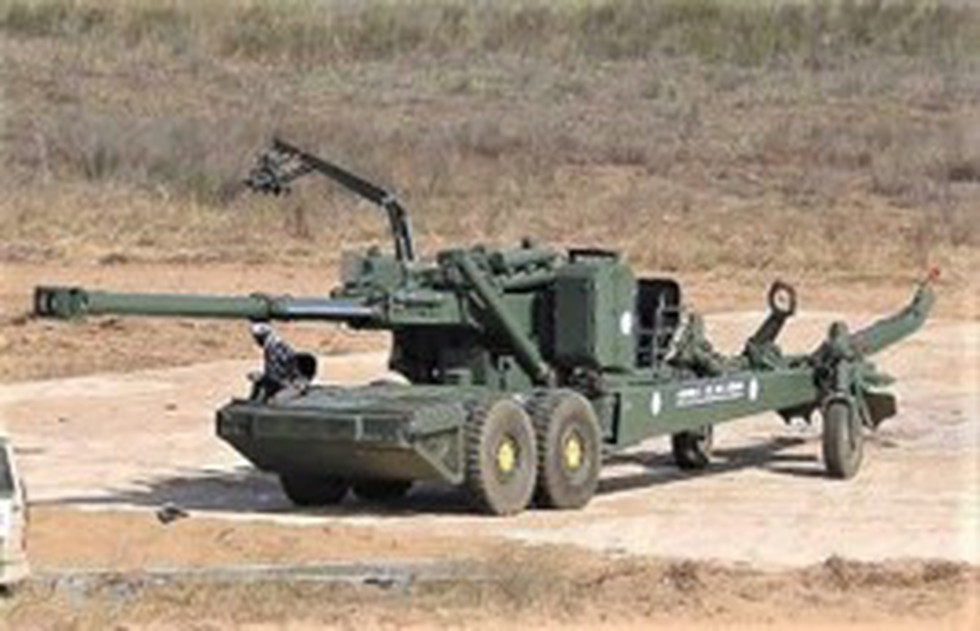
About Advanced Towed Artillery Systems:
- It is a large calibre gun system which has high precision.
- This gun system has the capability to be programmed and fire Long Range Guided Munitions.
- It has the capabilities like an automatic ammunition handling system which can fire six successive rounds and can fire in Zone 7, and also has a self-propelled mode.
- It also has the shoot and scoot capability and is also the first of its kind gun which is capable of achieving the shortest minimum range at a high angle.
- These guns can be deployed in high-altitude regions along the Line of Actual Control (LAC) in eastern Ladakh
- This gun is developed by the Defence Research and Development Organisation (DRDO) and the production partners of these ATAGS are two private sector companies – Pune-based Bharat Forge and Tata Advanced Systems.
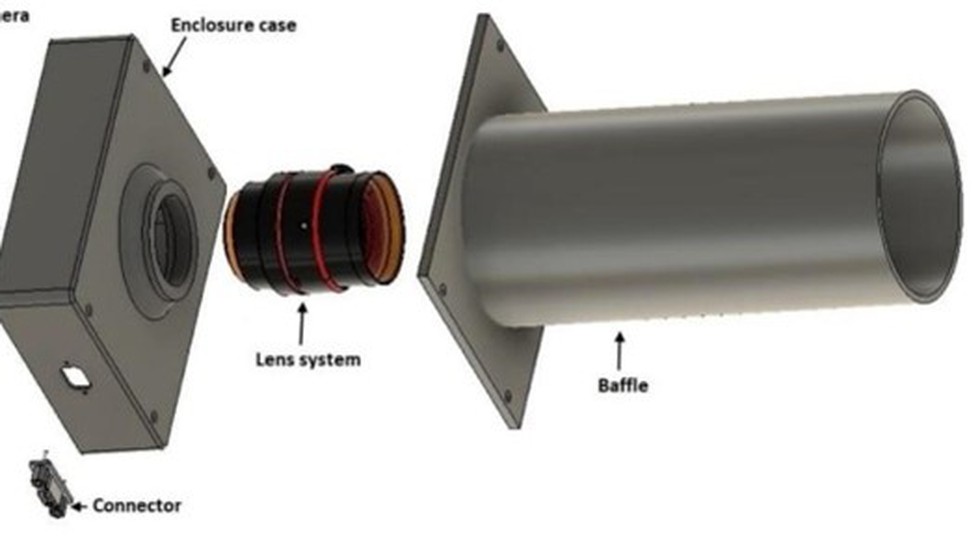
About Starberry-Sense:
- The star sensor Starberry-Sense can help small CubeSat class satellite missions find their orientation in space.
- Any satellite needs to know where it is pointed in space, and the instrument used for this purpose is called a star sensor.
- The position of stars in the sky is fixed relative to each other and can be used as a stable reference frame to calculate the orientation of a satellite in orbit.
- Features of Starberry-Sense
- The brain of the instrument is a single-board Linux computer called Raspberry Pi, which is widely used among electronics hobby enthusiasts.
- Based on commercial/off-the-shelf components, this star sensor costs less than 10% of those available in the market.
- It is ready for launch on the PS4-Orbital Platform by ISRO and can be used for CubeSats and other small satellite missions in the future.
- The star sensor has successfully undergone the vibration and thermal vacuum test that qualifies it for a space launch and operations, and these tests were conducted in-house at the environmental test facility located at the CREST Campus of IIA in Hosakote.
What are CubeSats?
- CubeSats are a class of research spacecraft called nanosatellites.
- CubeSats are built to standard dimensions (Units or “U”) of 10 cm x 10 cm x 10 cm.
- They typically weigh less than 1.33 kg (3 lbs) per U.




























































































































































.png)
.png)
.png)
.png)
.png)


.png)
.png)
.png)





.png)
.png)






.png)
.png)
.png)
.png)
.png)
.png)
.png)
.png)
.png)

.png)







.png)
.png)


.png)
.png)
.png)


.png)

.png)
.png)





.jpg)

.png)
.png)


.png)

.png)
.png)
.png)

.jpg)

.jpg)


.png)

.png)
.png)
.png)
.png)
.png)
.png)
.png)
.png)
.png)
.png)




.png)

.png)





.png)
.png)
.png)
.png)
.png)
.png)
.png)
.png)
.png)
.png)
.jpg)
.jpg)

.png)
.png)
.png)
.png)
.png)
.png)
.png)
.png)
.png)
.png)
.png)
.png)
.png)
.png)
.png)
.png)
.png)
.png)
.png)
.png)
.png)
.png)



.png)
.png)

.jpg)
.jpg)


.jpg)
.jpg)
.jpg)
.jpg)
.jpg)

.jpg)








.jpg)
.jpg)
.jpg)
.jpg)
.jpg)















.jpg)
.jpg)







.jpg)


















.jpg)
.jpg)






























































































.jpg)
.jpg)


























.jpg)

.jpg)










.jpg)








.jpg)




.jpg)










.jpg)


















.jpg)












































.jpg)














.jpg)
.jpg)
.jpg)





.jpg)

.jpg)
.jpg)





































































.jpg)


































.jpg)
.jpg)
















































.jpg)












.jpg)


.jpg)




.jpg)
.jpg)
.jpg)

.jpg)
.jpg)
.jpg)
.jpg)

.jpg)
.jpg)
.jpg)

.jpg)
.jpg)
.jpg)
.jpg)
.jpg)
.jpg)
.jpg)
.jpg)

.jpg)


.jpg)
.jpg)
.jpg)
.jpg)
.jpg)
.jpg)
.jpg)
.jpg)
.jpg)
.jpg)











.jpg)
.jpg)





.jpg)
.jpg)
.jpg)
























.jpg)
























.jpg)









.jpg)
.jpg)







.jpg)
.jpg)









































.jpg)
.jpg)
.jpg)
.jpg)
.jpg)

.jpg)
.jpg)
.jpg)
.jpg)
.jpg)


.jpg)
.jpg)
.jpg)
.jpg)
.jpg)

.jpg)
.jpg)
.jpg)
.jpg)
.jpg)
.jpg)
.jpg)
.jpg)
.jpg)
.jpg)
.png)

.png)
.png)

.png)
.png)
.png)
.png)


.jpg)
.jpg)

.jpg)
.jpg)
.jpg)

.png)
.png)
.png)
.png)
.png)
.png)
.png)

.png)
.png)
.png)
.png)
.png)
.png)
.png)
.png)
.png)
.png)





































































-min.png)



.png)




.png)








































